I’ve just booked another Aeroplan Mini-RTW this week, scheduled for November 2019. As someone who strongly appreciates this redemption sweet spot, I’m very much dreading the possibility of the Aeroplan Mini-RTW being reduced or phased out as part of the Air Canada transition in June 2020, so I’m very motivated to book as many of these trips as possible before then.
This one’s not quite as bonkers as the Crazy Aeroplan Trip I took earlier this year – which brought me to West Africa, Australia, and Micronesia in one big whirlwind trip – but it’s going to be lots of fun nonetheless. And while the specific trip that I’ve booked might not necessarily be everyone’s cup of tea, I do think that there are several lessons I can share with you from the booking process itself, which you could generalize when trying to book your own Mini-RTW.
Indeed, you could consider this post as a continuation of a few other in-depth “planning” posts I’ve written in the past, such as:
-
“Is This the Craziest Aeroplan Trip Ever Booked?”, prior to my Crazy Aeroplan Trip
-
“When You Can’t Book the “Perfect” Award…”, prior to my Luxury Hotel World Tour
Every Aeroplan Mini-RTW starts with an idea for how you’d like to tailor this highly flexible sweet spot to fulfill your personal travel goals, so that’s where we’ll begin…
The Goals
I had a few goals in mind for this trip:
-
First and foremost, of course, I wanted to visit a few new places around the world. In particular, I’ve held a longstanding fascination for Central Asia, and I think it’s high time that I check out “the Stans” and see the sights along the ancient Silk Road. I’ve also heard wonderful things about Melbourne, Australia, and since I only made it to Perth the last time I was down under, I wanted to visit Melbourne this time around (this also ties into Goal #4 below).
-
Next, I also wanted to try out some of the exciting new airline products that were introduced recently. I highlighted some of these in the article I wrote last week on the subject, but I definitely wanted to get on both EVA Air and Turkish Airlines’s new Boeing 787 business class products. On top of that, any additional new products I could try (whether it’s newly introduced, or simply ones I haven’t flown before) would be awesome as well.
-
I wanted to visit and catch up with some friends and family around the world by taking advantage of either a stopover or a 24-hour layover in Beijing, Shanghai, London, and Geneva.
-
As usual, I wanted to maximize the amount of flying time in the air. With an East Coast departure point, that means a return visit to Perth, Australia as the “destination” of my trip, in order to stretch the maximum permitted mileage (MPM) as far as possible.
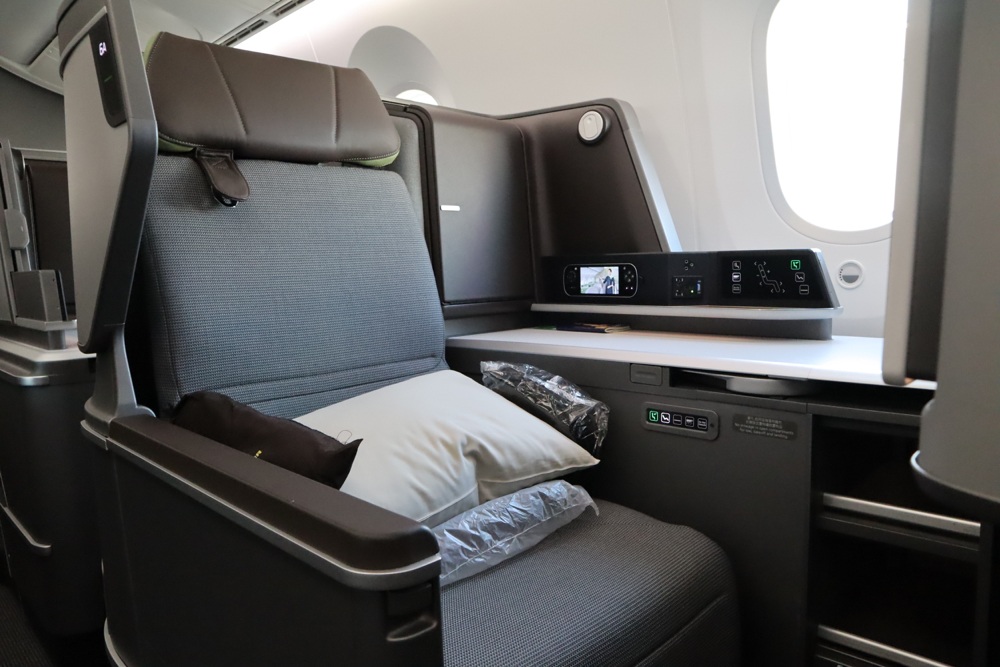
EVA Air 787 business class
That’s about it – I wanted to accomplish the above goals to as great an extent as possible. Of course, I also wanted to minimize my out-of-pocket expenses in taxes and fees as well, but with a trip that visits so many countries and airports, the government-imposed taxes and airport improvement fees are bound to add up quickly.
Moreover, while I’m staunchly opposed to fuel surcharges on principle, I won’t begrudge a few hundred dollars here or there if it allows me to take the trip I want to take, especially when the value I’m getting in business class flights outstrips that quantity by multiple orders of magnitude.
Planning the Route
With my goals in mind, I sat down to plan the trip. As I outlined in my Complete Guide to the Aeroplan Mini-RTW, I personally prefer to map out the entire route before searching for availability. I know some people out there like to verify availability on each segment before moving onto the next one, so it’s up to you which type of workflow you’d prefer.
As of November, EVA Air will be flying their Boeing 787 on their Vienna–Taipei route, so that was the first to go on the map:

(By the way, that EVA Air flight actually operates with a brief stop in Bangkok, meaning I get to indulge in the new 787 business class for almost seventeen hours. However, it still only counts as one segment for the purpose of the Aeroplan booking, and only the direct Vienna–Taipei distance is counted for the purpose of the MPM, too.)
Turkish Airlines will also be flying their 787s to a whole host of destinations, including Atlanta and Washington, DC in North America. Having earlier seen ample business class availability on the Atlanta–Istanbul route, I put that one down as well:
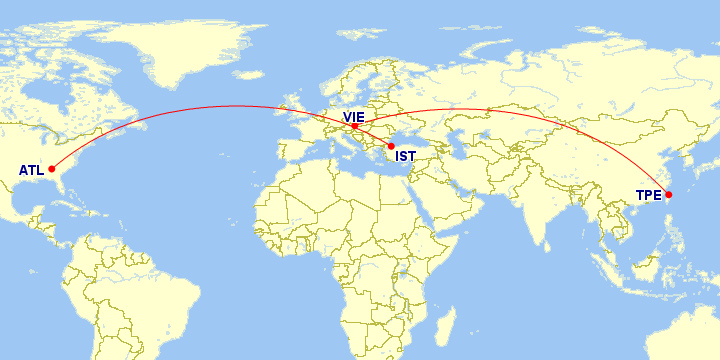
Now, there aren’t many Star Alliance airlines flying into Central Asia. Turkish Airlines is probably the biggest Star Alliance carrier in the region, serving the following cities out of Istanbul, which would fit perfectly on the other end of my existing Turkish Airlines flight:
-
Nur-Sultan, Kazakhstan (the capital of the country, formerly known as Astana, which was recently renamed after a former president)
-
Almaty, Kazakhstan
-
Bishkek, Kyrgyzstan
-
Dushanbe, Tajikistan
-
Ashgabat, Turkmenistan
-
Tashkent, Uzbekistan
-
Samarkand, Uzbekistan
Among these cities, only Nur-Sultan, Almaty, and Tashkent have further eastbound service on Star Alliance airlines to various points in East Asia. In the end, I chose to route via Nur-Sultan, since I could leave via the Air China flight to Beijing (the other two cities are served by Asiana Airlines to Seoul).
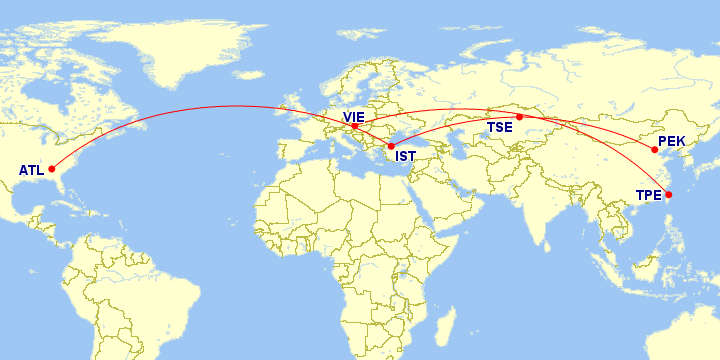
Knowing that I’d need to end up in Perth, I remembered that ANA had recently launched a direct flight between Perth and Tokyo Narita on their Boeing 787 Dreamliner, beginning service in September 2019. Since I had never flown ANA long-haul business class before, this seemed like the perfect opportunity to slot that in:
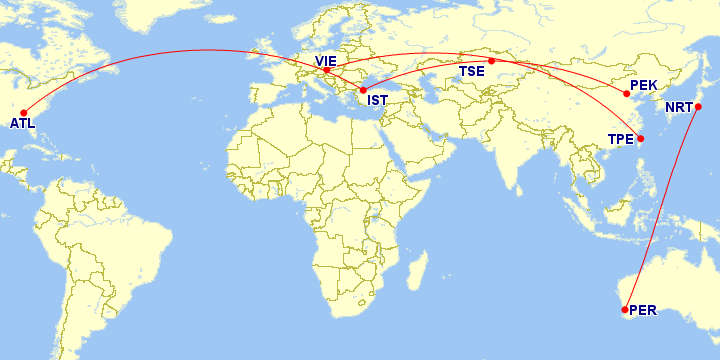
That’s Goals #1 and #2 mostly taken care of, so I began focusing on Goal #3: scheduling long layovers in Beijing, Shanghai, London, and Geneva.
Fitting in Beijing and Shanghai after the Kazakhstan leg and on the way to Perth seemed like a natural opportunity, and I’d also get to enjoy another few flights on the world-class Singapore Airlines.
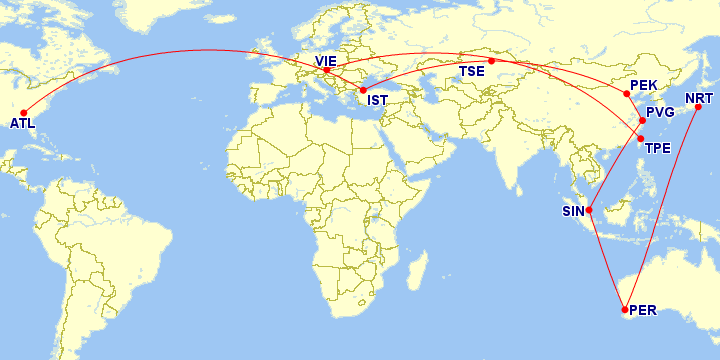
That left London and Geneva. Since I still had one more stopover to work with, I figured I may as well use that in Europe and plan an extended stay in these two cities, as I was feeling quite exhausted at the very thought of flying the “long way” from Australia to North America with only a series of 24-hour layovers in between.
I chose to stopover in Geneva, since flying out of London would incur the hefty UK Air Passenger Duty (APD). I’ll then simply book a side-trip from Geneva to London on British Airways using my Avios points.
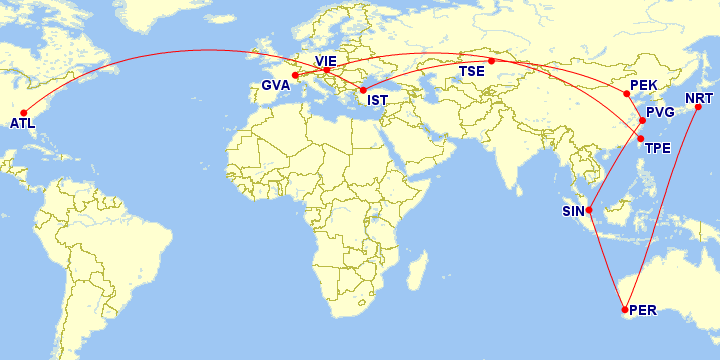
With the “bones” of the trip in place, I just needed to “connect the dots” in a way that satisfied the MPM for the Montreal–Perth city pair, which is 18,204 miles.
It was simple enough to plan a flight from Tokyo to Taipei to connect my ANA flight with my EVA Air flight:

Now I just needed a way to get back to Canada from Geneva, ideally while satisfying Goal #2 (fly some fun new business class products) just a little more. However, the MPM didn’t give me much wiggle room to work with, ruling out many of my crazy ideas.
And I had lots of crazy ideas, like:
-
Backtracking to Cairo and catching Egyptair’s new 787 business class to Toronto
-
Flying Avianca business class from Europe down to Bogotá and then returning to North America
-
Flying TAP Air Portugal business class from Europe down to one of Brazil’s northeastern cities (Recife, Salvador, or Fortaleza) and then returning to North America
-
Flying down to Dakar, Senegal before catching South African Airways business class to Washington DC
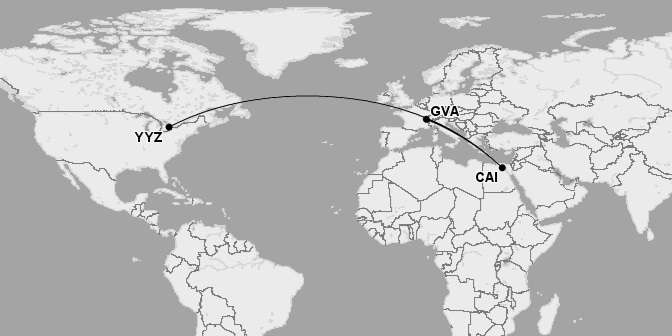
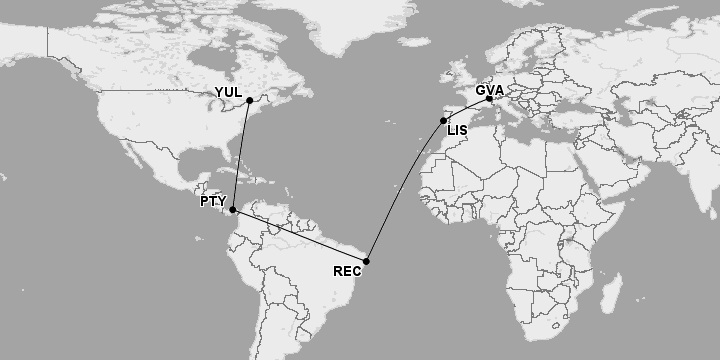
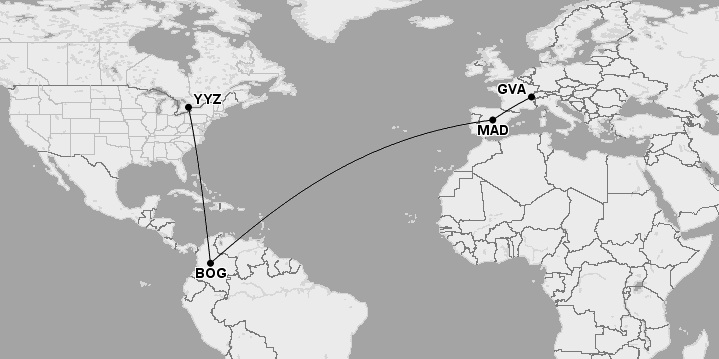
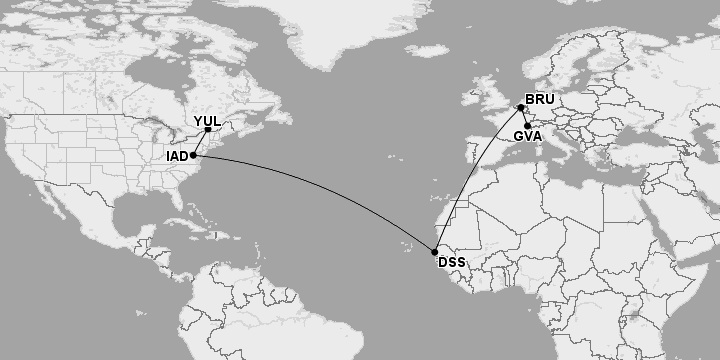
In the end, I realized I must take a somewhat logical routing directly from Western Europe back to the East Coast, so I set about looking for the most unique business class product I could choose.
I eventually realized that TAP Air Portugal will be launching their new Airbus A321LR aircraft on transatlantic flights, which features lie-flat business class seats (complete with “throne” seats) on a single-aisle aircraft. How cool is that? Excited by the novelty of crossing the Atlantic on a glorified regional jet, I noted down the following return journey via on the Porto–Newark route, which would also give me a long-layover in Porto, another city I’ve been meaning to visit:
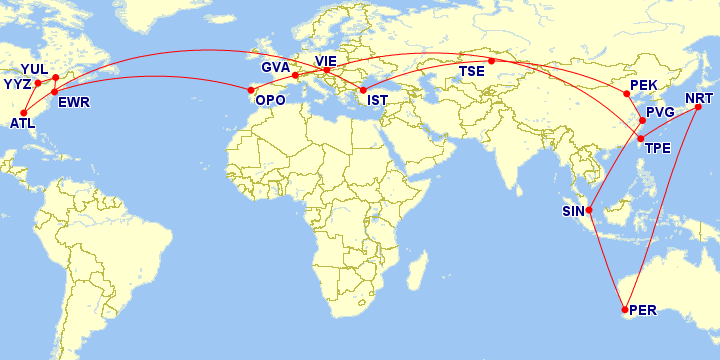
How’s that for a trip? Of course, the most challenging step lay ahead of me: I still needed to check every single flight to make sure there was business class space available.
Searching for Availability
When searching for availability, I generally use a combination of the Aeroplan search engine and ExpertFlyer. My usual strategy is to use ExpertFlyer to search for the long-haul segments (which are typically the toughest when it comes to award space) one week at a time, before drilling down to specific dates using the Aeroplan search engine.

So in my example, I used ExpertFlyer to search the following routes during the rough weeks in November that I wanted to travel (I was pretty flexible to travel throughout all of November, which is a huge benefit when planning a complex trip like this):
-
Atlanta–Istanbul on Turkish Airlines
-
Perth–Tokyo Narita on ANA
-
Taipei–Vienna on EVA Air
-
Porto–Newark on TAP Air Portugal
Award space was quite plentiful on the ANA and TAP Air Portugal flights, so that was a good start. Oddly enough, the EVA Air flight showed zero space in the Vienna–Taipei direction, but lots of space in the Taipei–Vienna direction. I was previously flexible in terms of the overall direction of the trip, but this meant that I’d have to do Kazakhstan first, then Perth, then Europe, instead of the other way around.
But the biggest problem was the Turkish Airlines flight: whereas I had earlier seen wide-open award space on the Atlanta service, it seemed that all of the space had been pulled from the inventory since I last checked!
Indeed, Turkish Airlines seems to play lots of games with their business class award space – this isn’t the first time I saw them remove entire months’ worth of award space overnight. If you do find Turkish Airlines award space when planning your trips, I’d recommend booking it as soon as possible, because there’s no guarantee it’ll be there when you look tomorrow!
Anyway, this meant that I needed to go back to the drawing board. With no 787 business class awards out of any North American gateway, I had think a little more creatively if I wanted to get on this new plane.
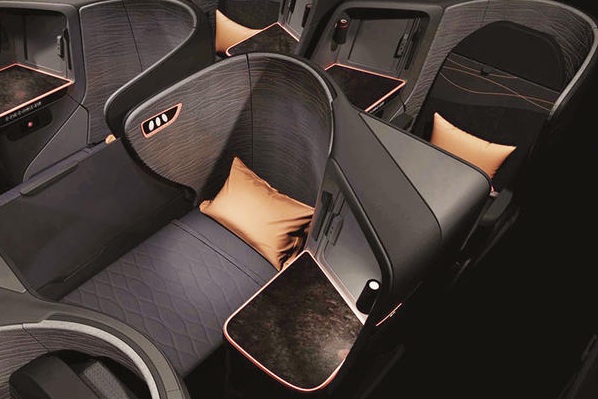
Turkish Airlines 787 business class
Well, after spending some time browsing Routes Online (a very useful resource for figuring out which airlines’ new planes are flying where, by the way), I learned that Turkish is in fact also launching their 787s on a brand-new Mexico route that goes Istanbul–Mexico City–Cancún–Istanbul.
That’s right, a triangle routing to Mexico City that picks up passengers in Cancún on the way back to Istanbul as well. How awesome is that?
While I’d love to spend some time in Mexico City, unfortunately it was too out of the way for the purposes of MPM. However, a Montreal–Cancún–Istanbul routing would see the overall one-way routing to Perth clock in at 18,194 miles, just 10 miles under the MPM of 18,204 miles!
And better yet, with a quick gander at ExpertFlyer, I saw that the award space patterns for the Cancún–Istanbul route were very much in my favour.
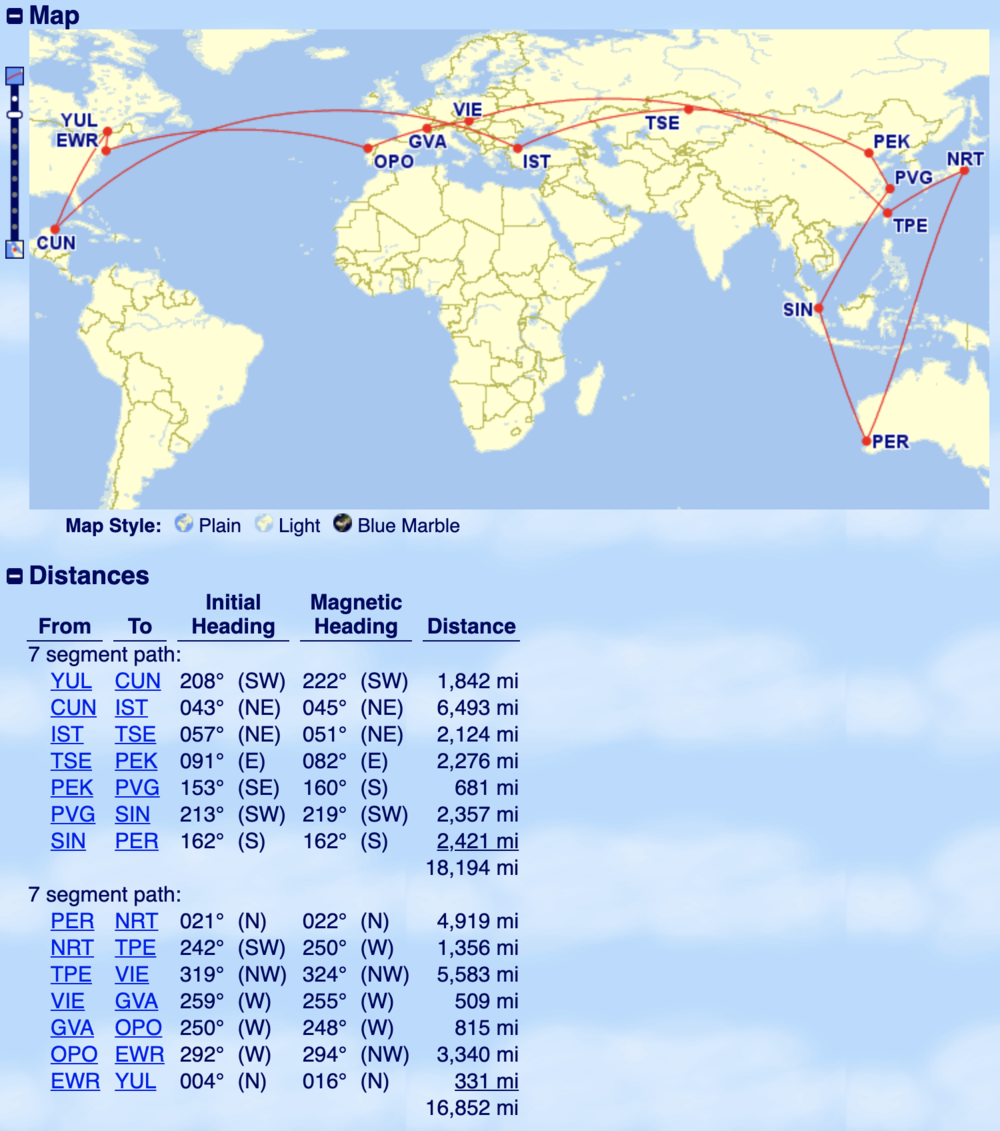
Meanwhile, the schedule on the daily Montreal–Cancún service on Air Canada Rouge leaves me with a 22-hour layover in the Mexican resort town. Since I’m travelling solo, a visit to the ruins of Chichen Itza sounds more appealing than spending the day at the beach…
One last step before calling Aeroplan to book the whole thing: I needed to locate award space on the shorter segments as well. During this step, I was faced with a few unexpected conundrums:
-
The only available flight of the day on the Beijing–Shanghai route left me with me a short two-hour connection in Beijing after arriving from Nur-Sultan, which isn’t really enough time to leave the airport
-
The only available flight on the Singapore–Perth route was in economy class; I could’ve also chosen to fly business class the next day, but I didn’t want to waste 14+ hours of time on the ground in Australia
-
There was no direct flight available for the Tokyo–Taipei segment; instead, I had to take an additional layover in Seoul, which is annoying but should be comfortable enough
-
There ended up being quite a few airlines on the itinerary that levy modest fuel surcharges, like Air Canada Rouge (for the regional flight to Cancún), Air China, ANA, Asiana, Thai, and Austrian Airlines (for the short Vienna–Geneva segment)
Now, none of the above conundrums are what I’d consider to be deal breakers. I could have, of course, waited to see if additional award space opened up to resolve these issues, but then I’d risk losing the long-haul segments that were already in the bag.
Faced with this choice, I was happy to book the entire trip now, and then make changes in the future if any of the above pain points could be addressed.
The final itinerary looked as follows (with the Aeroplan itinerary in red, and the planned side-trips in blue). It really is a thing of beauty, isn’t it?
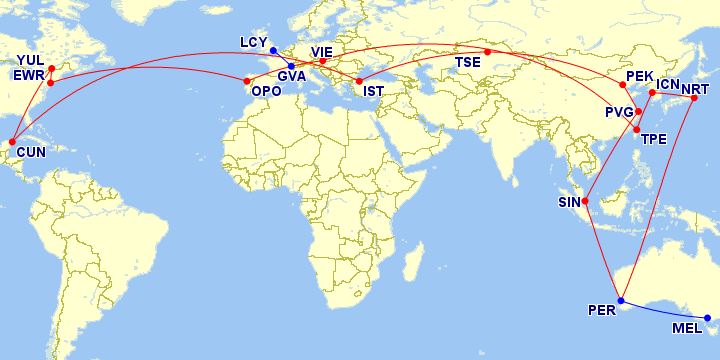
Calling Aeroplan to Book
I waited on hold for about five minutes before getting put through to an Aeroplan agent, who was friendly but not too enthusiastic over the phone, which I find describes most Aeroplan agents these days.
I opened with something along the lines of “Hi, I’d like to book a complex trip with multiple stops and connections. I’ve already found the flights I want, can I give them to you?”
We proceeded through the itinerary one segment at a time. The agent was definitely pretty inexperienced in booking complex trips like these, since there were quite a few hiccups along the process.
For example, when trying to validate the itinerary, the agent first told me that I was “over the maximum distance”, but only because she had somehow been treating Kazakhstan’s capital as the “destination”, so of course everything was way over.
I told her that Perth ought to be the destination, and then everything validated smoothly. At just 10 miles under the MPM, the outbound journey was certainly pushing the limits, but ultimately didn’t cause any issues.
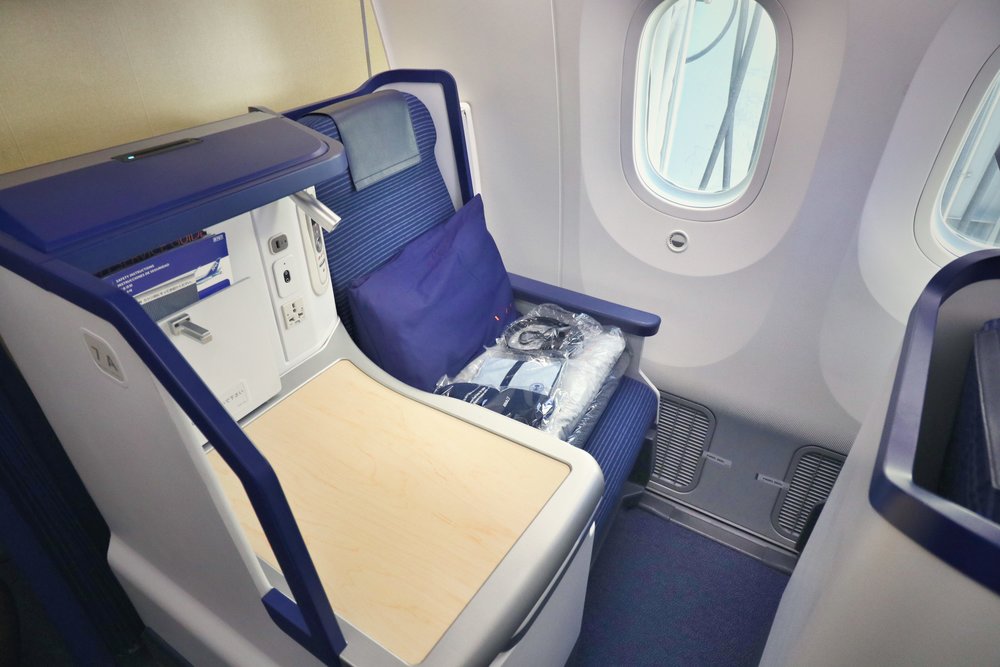
ANA 787 business class
Then the agent came back with a quote for the taxes and fees – $580 in total, plus the $30 booking fee – which was a little more than I was expecting, but not too unreasonable given how many airports I was visiting and the handful of airlines that do have modest fuel surcharges.
I gave the green-light for us to complete the booking… only for the agent to quote me 300,000 Aeroplan miles for a full round-the-world award, instead of the 160,000 miles for a Canada–Oceania round-trip in business class!
Once again, I had to interject, asking the agent to double-check that it should be in fact counted as a round-trip, since I’m allowed to have up to two stopovers. After putting me on hold for a good 10 minutes, she came back and said I was right – and swiftly completed the booking right then and there.
As you can see, calling Aeroplan to book complex trips like this can become quite an involved process, depending on the agent you’re working with. Despite her unfamiliarity, my agent was nothing but friendly and patient throughout the process, though, which made it a pleasant experience overall.
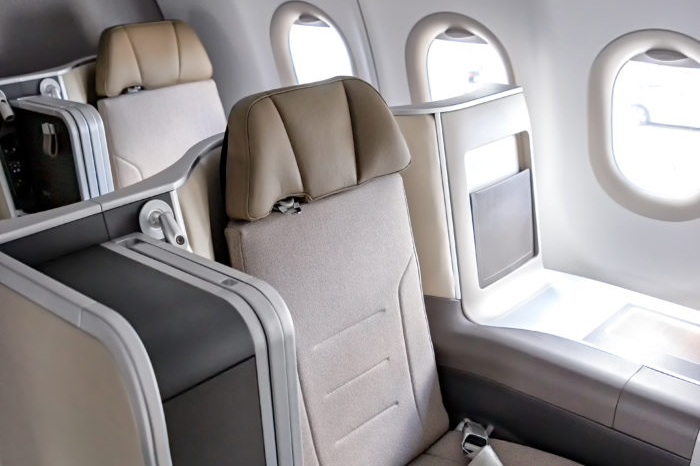
TAP Air Portugal A321-LR business class
And you know what? In the grand scheme of things, there’s really like 0.01% of Aeroplan members who are booking these trips. I say that because my agent kept emphasizing how “she had never seen anything like this in 20 years of working at Aeroplan”, and this wasn’t the first time I had heard something like this from an Aeroplan agent either.
The Aeroplan Mini-RTW is an incredibly powerful sweet spot, but ultimately one that a tiny minority of members are taking advantage of, which is what gives me hope that Air Canada will have mercy on it in June 2020 😉
When the confirmation email came through, I took a look a the Taxes & Fees breakdown to see where that $580 all went.

As I expected, there’s a litany of taxes and fees imposed by various aviation authorities around the world, and then there’s $198.80 in “YQ” and $165.70 in “XT”, both representing fuel surcharges.
I’m definitely hoping that either ANA or EVA Air opens up space on the Tokyo–Taipei flight that I need, so that I can change the itinerary to avoid the Seoul connection, knocking out the airport fee and the fuel surcharges on Asiana and Thai in one fell swoop.
Conclusion
The Turkish Airlines 787. The EVA Air 787. The ANA 787. The TAP Air Portugal A321-LR. Cancún, Kazakhstan (with potentially a side-trip to Uzbekistan), Shanghai, Melbourne, Geneva, London, Porto. I’m beyond pleased to have booked another globetrotting adventure, and am once again blown away by the fact that I was able to accomplish this with 160,000 Aeroplan miles – I don’t think that feeling will ever get old.
I hope that this post has shed some light on my usual workflow for putting together a complex Aeroplan Mini-RTW, illustrating some of the challenges that may arise as well as some creative solutions you could look for to overcome those challenges. Happy trip planning!

















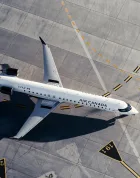
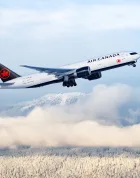

Nice post Ricky, always !
Any suggestions on IST -> YVR possible routes ? Trying to avoid AC, LH and OS …. SAS, TK, LX + UA will be the best possible combination, right ? But hard to find spaces for 2J for 2020
Thanks
Those three airlines plus TAP, LOT, and EgyptAir. Keep in mind that if you only have AC on the North American sector then the fuel surcharges won’t be too bad.
Nice one Ricky!
This is completely anecdotal, but I’ve found that Aeroplan agents early on Saturday (or better yet Sunday) are much better. Knowledgeable, more patient, savvy about the mini-RTW strategy. They seem to appreciate the customer who calls already armed with all the dates, carriers, airport codes, etc.
Very useful to know! I’ll definitely try calling on weekend mornings in the future and see if it makes a difference.
Brilliant Ricky!
For the less informed among us, how did you earn enough points? Sign up bonuses? Other? Thanks.
Most of my points earnings these days are a combination of signup bonuses and referral bonuses.
Has there been any word about TK flying the new 787 to YYZ?
Nope, only YUL so far, as well as a handful of other destinations around the world
Nice post
I have used expertflyer a few times since a lot of people love and swear by it. I am wondering if you encountered a situation where expertflyer shows award availability but the aeroplan search engine does not. Is it because 1 search has not been updated or is "aeroplan" hiding some flights?
Will you be doing a post on expertflyer and how to use it in conjunction with aeroplan search at all?
Yeah, I actually encountered that when searching for PER-NRT awards on ANA for this trip. It usually means the airline has made a certain amount of space to its own members, but not to partner airlines.
Here’s a primer on ExpertFlyer. Might do another post soon. princeoftravel.com/blog/how-to-use-expertflyer-like-a-pro
Excellent post Ricky, its been a week since i started planning one of your crazy 6 continent trip but not able to conclude. I have few questions and hope to get some clarity.
1>Is YYZ-MEL is not further than YYZ-PER for MPM point of view ? I wanted to cover MEL, SYD (POT) where i wanted to have side trip to AKL using Avios. PER to MEL and SYD, then AKL is costing me too many AVIOS.
PER is farther away so would give you higher MPM. MEL should still give you plenty of room to work with though.
You could combine MEL and SYD in one trip (MEL would be your destination) using an open-jaw, then have another stopover somewhere in Asia/Europe/Africa. You can’t include MEL-SYD as a segment since no Star Alliance airlines fly that route. Then you could side-trip to AKL from one of those cities on Avios.
thanks Ricky,
Does this means, I will loose one stop over by having open-jaw at destination ?
Basically i wanted to have one stop over at DXB, Destination MEL openjaw SYD, then JNB another stop over return home via GRU south america back to YYZ. basically wanted to mimic your 6 continent example.
You can’t have two stopovers and one open-jaw though. Just skip the open-jaw – make MEL your destination and use Avios to go to SYD.
Very cool, I also tend to book these complex yet fun trips once in a while, but my major challenge is I don’t have enough vacation time to actually fly this much.
Side question though: What’s the difference between a Mini-RTW and a Full-RTW ticket?
To me, the itineraries you claim that are Mini-RTWs are actually Full-RTW journeys: they are not "mini" or "small". 😛
Great question! An actual RTW ticket is a special ticket type offered on both paid and award tickets, and it lets you do something like 5 stopovers in total. With Aeroplan, it would cost you 300,000 miles in business class (and that’s what the agent tried to charge me at first).
The "Mini-RTW" name refers to maximizing the stopover policies to book round-the-world trips with up to three stopovers, but only paying the mileage for a round-trip ticket. You’re right though – there’s nothing "mini" about this one!
Thanks for the explanation Ricky, much appreciated.
I am looking forward to hearing more about the flights you booked in this ticket.
Well done, routing really is a skill! I’ll be flying the new EgyptAir 787 this September, and the VIE-TPE Eva 787 in February. I was wondering where did you get information indicating it will stop in Bangkok? My flight BR66 says it’s a nonstop!
I’ll be very curious to hear your thoughts on the EgyptAir 787. Let me know!
I believe the thrice-weekly BR65/66 goes direct between VIE-TPE, while the four-times-weekly BR61/62 has a stop in Bangkok as well. 17 hours is a really long time, but hey, if there’s one business class product on which I’d happily spend 17 hours it’d probably be EVA!
Wow, this is very impressive. Well done and thanks for sharing!
YOU ARE CRAZY, RICKY
Thanks for taking one for the team 🙂 and I love how you share your thought process
I’d not dare to that even for myself, not to mention a family of 4 now
Always happy to take one (or many more!) for the team 🙂
This is another great report that helps your followers get the best from our points. Keep all your blogs coming. I learn from every post.
Thanks Ricky. Even though I do not comment every time, I read every day.
Thanks John. Always grateful for your support since Day 1.
That’s an unreal trip and an amazingly creative routing.
Nicely done.
incredible — thanks for sharing the details of how you plan/book
you sir. Are living the life!